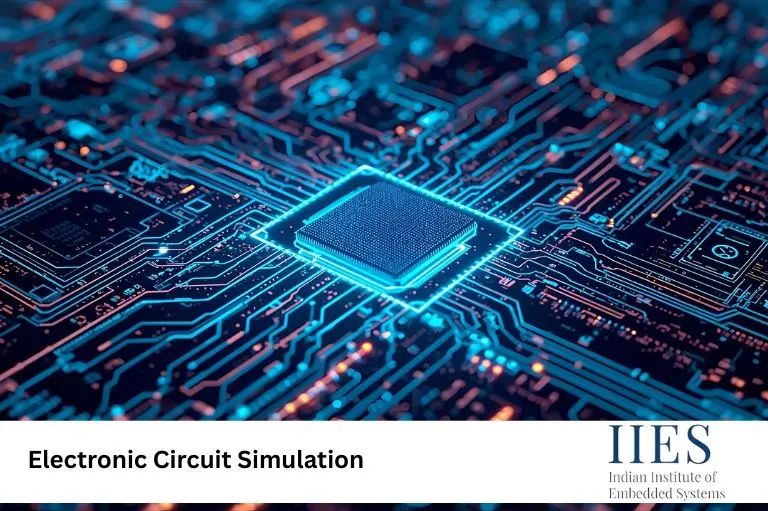
In modern electronics, electronic circuit simulation plays a vital role in transforming design concepts into functional hardware. Before creating a physical prototype, engineers rely on simulation tools to test and refine their designs. This approach reduces development costs and minimizes risks such as EMI issues in PCB design or unexpected manufacturing errors.
Electronic circuit simulation applies methods like AC analysis in Multisim, transient analysis in LTspice, and Monte Carlo simulation in PSpice to help designers accurately predict real-world circuit behavior. Whether using Altium Designer, Cadence OrCAD, KiCad, or beginner-friendly tools like Fritzing, mastering these techniques ensures reliable and optimized designs.
Electronic circuit simulation is the process of testing a circuit virtually before building it in hardware. It allows engineers to evaluate parameters such as voltage, current, frequency response, and thermal performance.
A useful analogy can be drawn from programming. The stack in programming is like the schematic in electronics because it is predefined and managed automatically. The heap in programming is more like a simulation environment since it is flexible but requires careful control, especially when working with behavioral models, macro models, or physical models that demand accuracy.
A typical electronics design flow includes the following stages:
Example – SPICE Netlist for RC Filter:
V1 1 0 DC 5 AC 1 R1 1 2 1k C1 2 0 1uF .ac dec 10 1 1Meg .end


Electronic circuit simulation bridges the gap between concept and real-world implementation. By using tools such as LTspice, Multisim, PSpice, Altium Designer, OrCAD, KiCad, and ngspice, engineers can identify errors early, optimize performance, and create PCBs ready for manufacturing.
From circuit building blocks to advanced simulation methods and verification techniques, simulation ensures higher reliability, fewer prototypes, and faster time-to-market. By applying these methods and avoiding pitfalls like EMI, poor grounding, or overlooked DRC checks, you can confidently design efficient, cost-effective, and production-ready electronic systems.
Electronic circuit simulation is the process of testing a circuit virtually on software to check voltage, current, frequency response, and heat performance before making a physical prototype.
Engineers use simulation to reduce costs, save time, and detect design errors like EMI, poor grounding, or incorrect component tolerances before fabrication.
Popular tools include LTspice, Multisim, PSpice, Altium Designer, Cadence OrCAD, KiCad with ngspice, and beginner-friendly Fritzing
Circuit simulations include operating point analysis, noise analysis, harmonic distortion, parametric sweeps, and temperature sweeps to predict circuit behavior under different conditions. They help engineers optimize performance and reliability before physical prototyping.
Simulation helps in impedance control, length matching, grounding, and capacitor placement. It also ensures manufacturability through DRC and ERC checks.
Even after simulation, issues like EMI, incorrect footprints, uncontrolled impedance, and overheating can occur if not modeled carefully.
Trends include AI-assisted PCB design, cloud-based simulation for team collaboration, and multi-physics simulation that combines electrical, thermal, and mechanical analysis.
Indian Institute of Embedded Systems – IIES